How to Sell Design
(1) Establish a Relationship.
The first step in a design contract is to not display the work you will do. You should first gain the trust of the person who will potentially hire you, and demonstrate within those first minutes, that you want to do business, and that you know how to do business. Let the other person know that you are the specialist, so that they have total trust in you to hire you for the project and get the contract.
Most clients, in those first meetings, are looking to know what you are thinking as a designer, so they can then go to another one with whom they have more trust so they can do a similar job to the one you presented. Many times, they end up doing poor work. That is why earning clients’ trust is the crucial element at the beginning, so that instead of them thinking that they will go with someone else who will offer the cheapest idea, they are convinced that your service is worth whatever it costs, and that you are the person who will, and they want to, solve their problems.
(2) Confront the Design.
All negotiations are different; therefore, a prefabricated presentation does not work for everyone. Do not repeat the same presentation that’s in your portfolio; turn that idea upside down and turn your presentation into one, not about you, but about them. First, study your client, with only one purpose – to know their design in order to confront it.
Show them that your only intention is to test the design their company represents. Not because you want to tell them that it doesn’t work, but because you want to demonstrate your ability to communicate their efforts visually (and others), and that this experience takes on an importance that is worth dollars and cents. Show your methods, and talk about trends that you use, which can be used internationally, and bring positive results, and beyond the bottom line of companies.
(3) Know your Numbers
Set your “rate” per hour: one that covers your time, materials and the entire operation, saving a percentage for earnings. When you find this number, you can present the figure with confidence to any client. It’s not about improvising, it’s about knowing your rate per hour, and estimating based on that. Charge based on what the entire operation costs, because otherwise that cost will come out of your profit.
Don’t say “I’m going to charge you more, or I’m cheaper” – you should charge by the hours required for your services, and define what that service will be at the first and second meeting. Because what usually happens is that you hire for a particular deliverable, for example a logo, and then you introduce additional applications to that design – business cards, flyers, etc. – that were not stipulated, and again, that will come out of your profit.
If they say “I have someone who can make it cheaper for me,” under no circumstances, do you speak badly about the competition. You should not base the handling of your prices on what another designer does, since it corresponds to other cost structures, which are not yours.
You offer a service of which you are an expert; However, you have to justify that value. The goal is for the client to understand the value of the service; If they understand the value, they won’t think about the price.
(4) Contract in Writing
The following questions serve as a starting point when drafting the agreement, and help to anticipate disagreements along the way, as well as protect your time and efforts. However, these are not all the questions to ask, and you should not feel threatened by a client who does not want to hire you in writing. If that is the case, you are dealing with an unprofessional client that will surely bring you problems during the course of the project:
· What are the services that are going to be offered?
· What are the services that are left out of the hiring?
· What is the purpose of the hiring?
· What will be the duration?
· What are the project deliverables?
· What are the phases of the project?
· How many product / service reviews will there be?
· What are the client’s rights when hiring you?
· What are your rights as a creative?
*Disclaimer: this blog post is not intended to be legal advice. We highly recommend speaking to an attorney if you have any legal concerns. Contacting us through our website does not establish an attorney-client relationship.*

